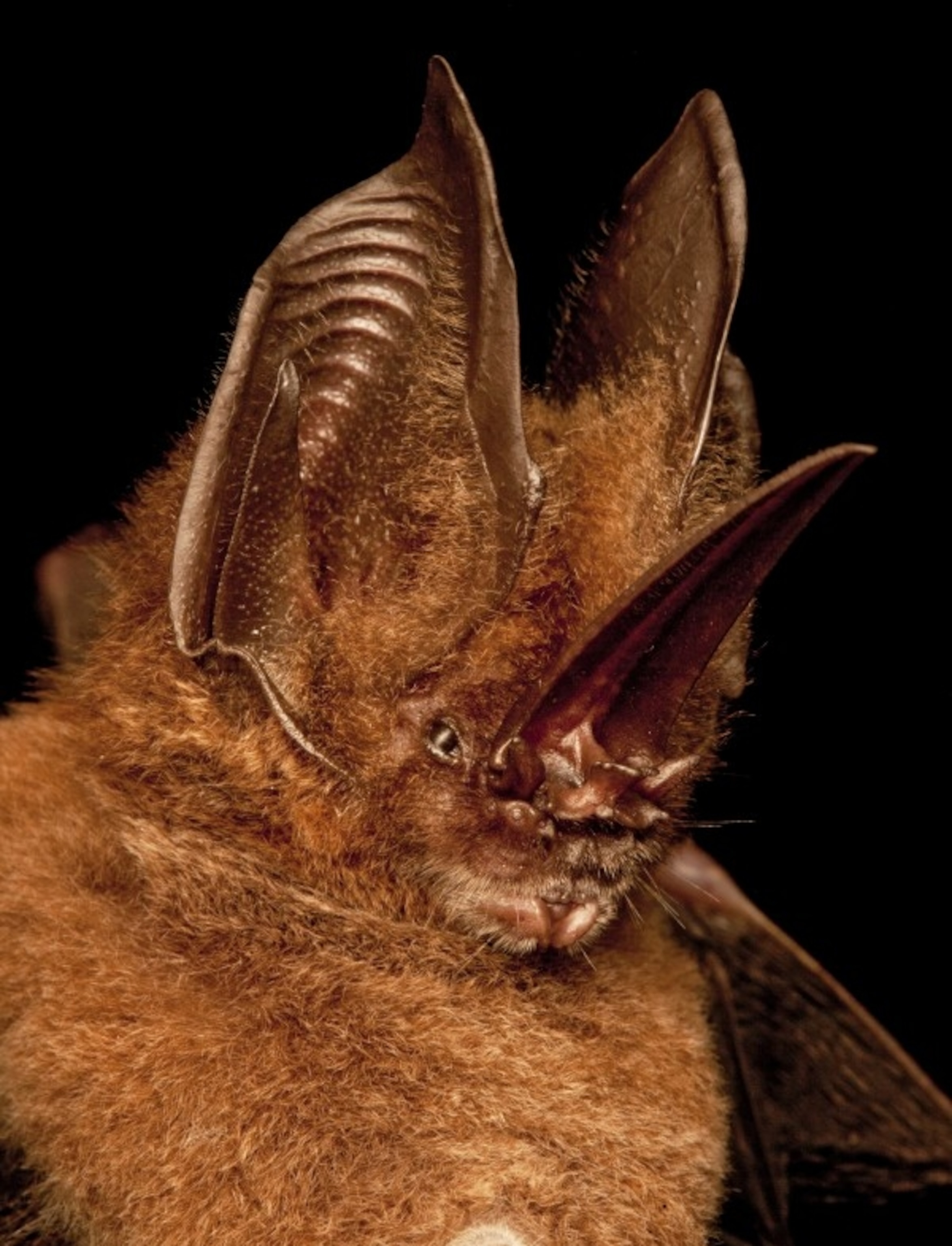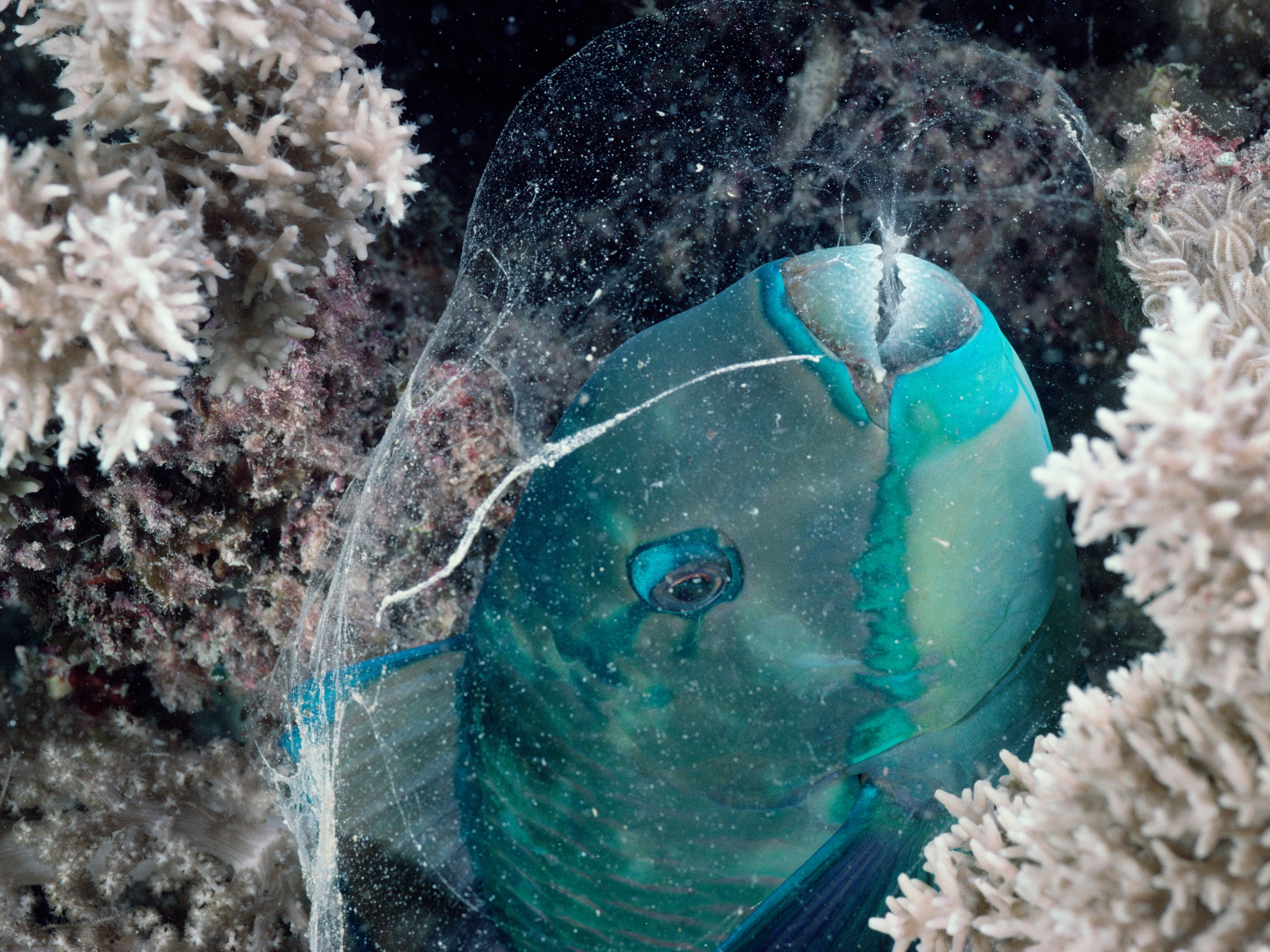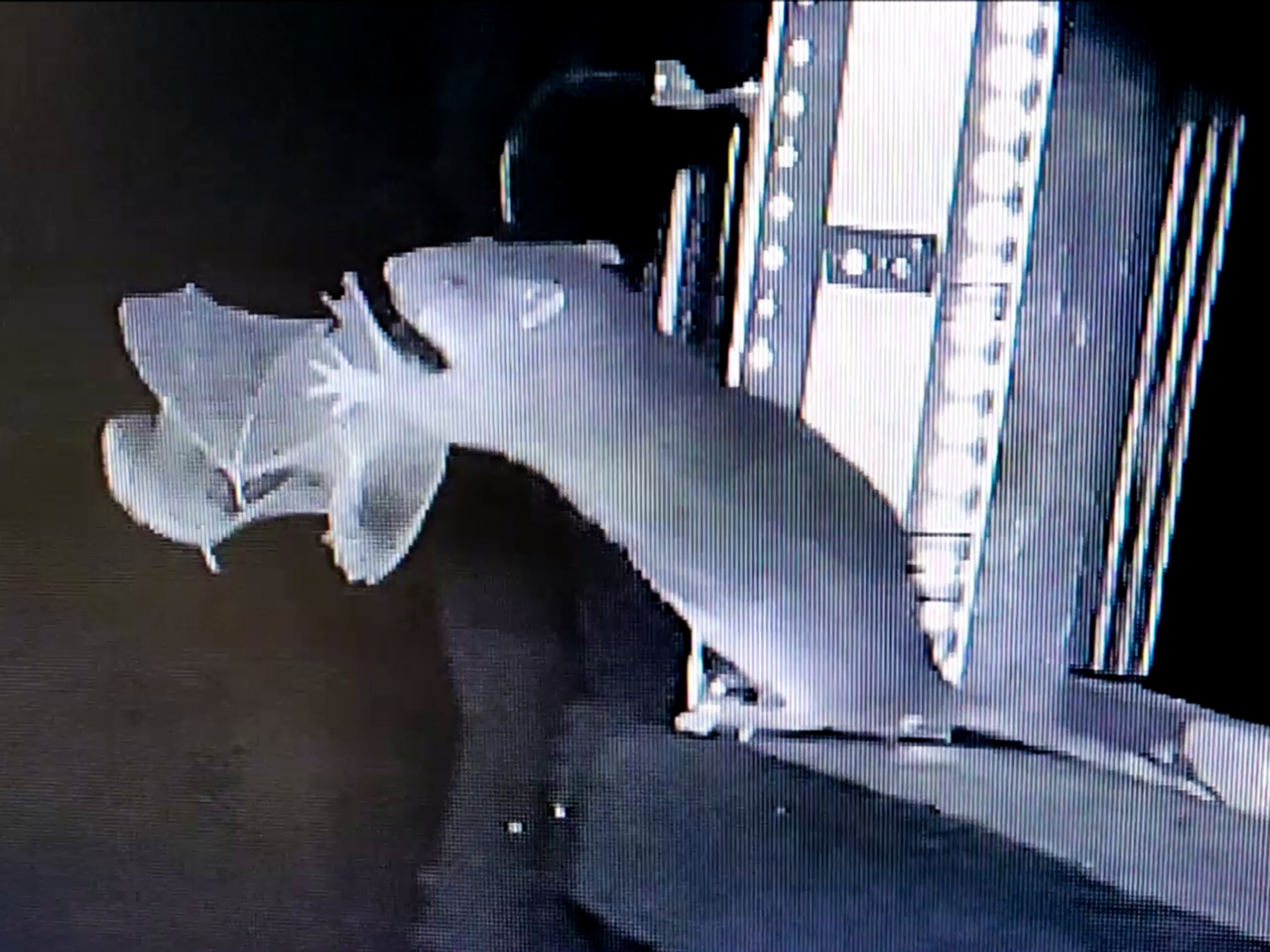
5 Animals With Weird Noses
From mandrills to unicornfish, nature is full of unusual schnozzes.
After falling in love with the newly rediscovered Pinocchio lizard, we thought we’d look up the noses of some other animals with ornate schnozzes.
You know all about the elephant, the star-nosed mole, and the proboscis monkey, whose nose is right there in its name. But we sniffed out a few Cyranos that might not leap to mind quite as quickly.
Unicornfish
You know it’s impolite to stare, but it’s hard to help it when you look at the fantastic, funny, and somewhat unsettling unicornfish. In adulthood, four of the 18 species of this Indo-Pacific fish, like the whitemargin unicornfish (Naso annulatus), acquire a hornlike ornament, hence their dreamy name.
It’s unknown, as of now, what the horns are for—except to make them totally mesmerizing.
At Blacktip Reef, the recently opened reef exhibit at the National Aquarium in Baltimore, aquarists keep several species of unicornfish, including two with horns, the bluespine unicornfish (Naso unicornis) and spotted unicornfish (Naso brevirostris).
Senior aquarist Jackie Cooper said there can be quite a difference in species, with the whitemargins being a bit more showy, as they are much larger and more colorful and have a longer horn. (Related: “National Aquarium Unveils World’s Largest Reproduction of Indo-Pacific Coral Reef.”)
These funky fish protect themselves in numerous ways, one of which are two spines that permanently project out of either side of the base of their tails, which could deliver a nasty injury to a predator.
Why do we keep thinking they look vaguely familiar? Maybe it’s just this clip from Monty Python’s Meaning of Life that gives us that feeling we’ve seen these guys before.
Mandrill
From time to time human fashion dictates that a man might want to try a little makeup. For the male mandrill, a colorful face isn’t a fleeting trend: It’s a mating must-have.
Mandrills (Mandrillus sphinx) are the largest monkeys and perhaps the world’s most colorful mammals, with the males being both larger and brighter in coloration than the females.
They have stop-sign red noses and brows surrounded by bright blue skin, making the colors stand out even more, and the colors are repeated on the back end with bright red genitals and lighter blue buttocks, partly because the ladies like it and partly to make it easy for them to follow one another through the jungle.
And, like their human sisters, female mandrills don’t mind a flashy-looking guy. In fact the National Wildlife Federation reports that though vocalization, size, and the ability to fight count in mating success, paternity studies show that it’s the males with the brightest colors who sire more offspring.

Elephant Shrew
The impossibly adorable elephant shrew isn’t an elephant or shrew, but has a relationship to both.
Once thought to be related to hedgehogs and moles, elephant shrews are distinctive enough to have their own family, Macroscelididae, and DNA analysis has recently placed them in the group Afrotheria, mammals who originated from a single African ancestor.
This is a terrifically diverse group that includes elephants and some shrews, but also manatees and aardvarks (another animal with a terrific honker and, we’re guessing, the inspiration for the spice weasel).
There are 19 species of elephant shrew with various colorations, but all have very long, active, squirmy noses—excellent for finding insects. (Related: “Giant Elephant Shrew Arrives Unnoticed at Washington’s National Zoo.”)
Sword-Nosed Bat
The sword-nosed bat (Lonchorhina aurita) has a long protuberance called a nose leaf, an ornament that comes in different shapes and sizes on a variety of bats and that may help focus during echolocation.

In this bat, an omnivorous denizen of Central and South America’s tropical forests, the nose leaf comes to a distinctive point and is almost as long as its ears.
Goblin Shark
In folklore, goblins are troublemakers, sometimes extremely nasty ones, and in illustrations and films they’re often depicted with long, pointy noses like this and this.
The goblin shark (Mitsukurina owstoni)—sometimes called the elfin shark—certainly measures up to its goblin name.
This pinkish-white shark with bluish fins and rubbery skin is one of the most rare and elusive of sharks, and no one one really knows why the long face: Its unusually long nose is not especially helpful in trapping prey, though it might help detect electrical signals.
In case the nose doesn’t give it a fearsome-enough appearance, the goblin shark’s jaw extends out to go and get its prey in a way that calls to mind the alien in Alien.
Goblin or gobblin’ … either way it makes sharks a little scarier.





